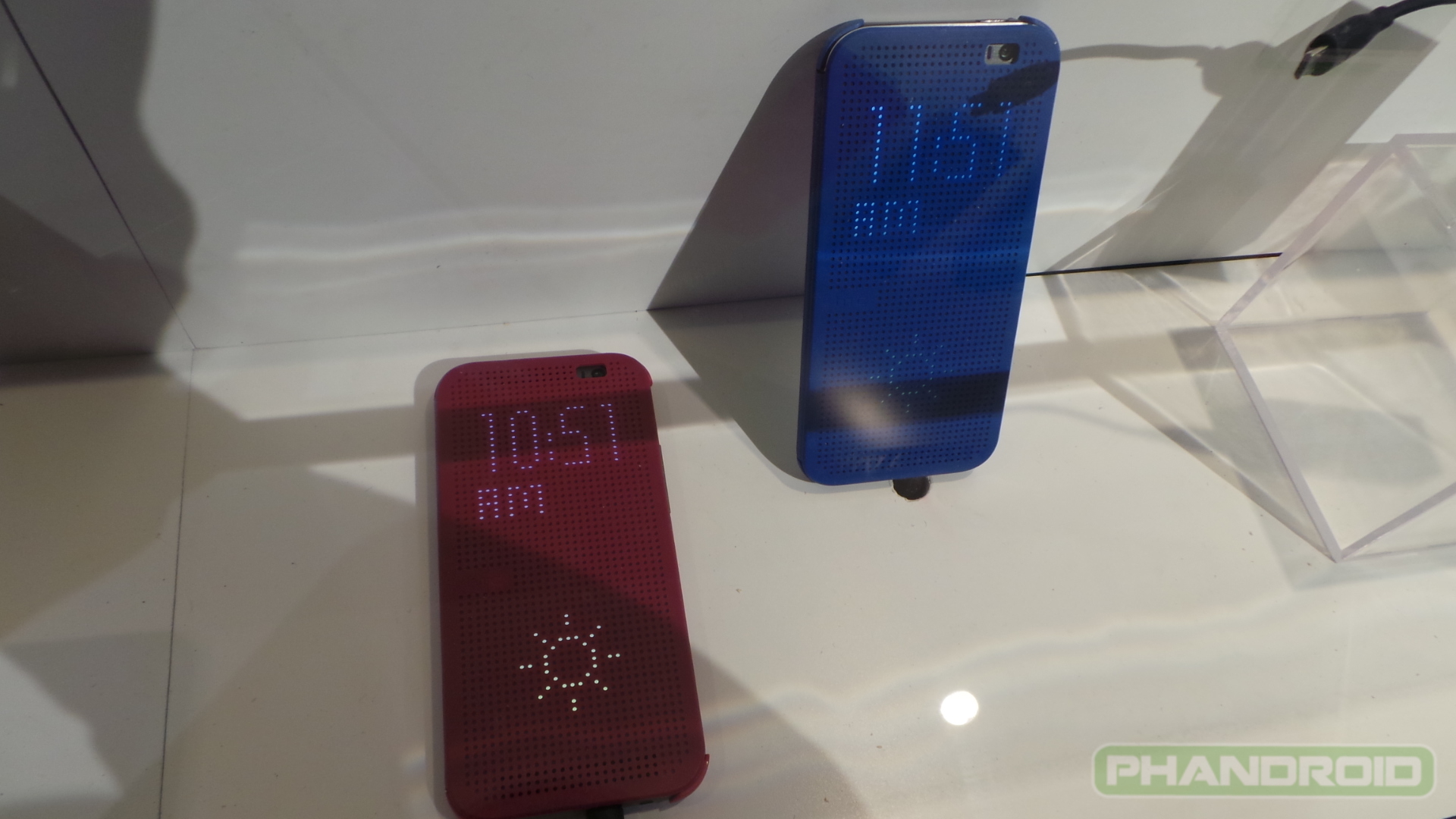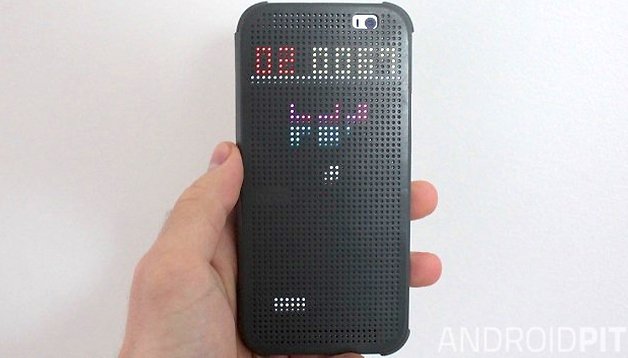
Screen resolution remains capped at 1920x1080, but pixel density is impressive at 441ppi. The more curved design makes it more comfortable to hold, though one-handed use is more challenging given the added size. It also appears slimmer, despite being a hair thicker, thanks to its more aggressively tapered back. The One (M8) is larger by virtue of its new 5” display - up from last year’s 4.7” panel - but HTC has managed to limit the increased footprint by trimming down the bezel. It’s also literally polished, so much so that the finish accumulates dirt and smudges more easily and can be challenging to keep a tight grip on.


HTC has traded the One’s matte finish for brushed aluminum, which looks decidedly cooler and more polished. At first glance, the HTC One (M8) may not look drastically different than its predecessor, but its small nuanced changes make for a more attractive construction.


 0 kommentar(er)
0 kommentar(er)
